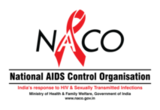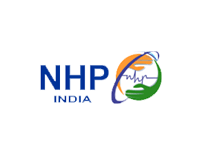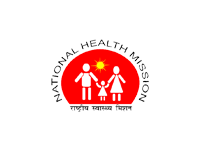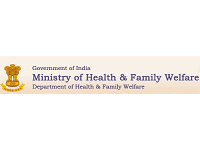HIV/AIDS is not a mere health issue as its occurrence is influenced by a number of socio-economic elements. Health interventions alone, therefore, cannot lead to prevention. HIV prevention requires concerted collaborative efforts from all departments, institutions or organizations in public life through their work and programme. Addressing the various socio-economic factors the response to HIV needs to be multi-faceted and multi-sectorial.
The operational definition of mainstreaming used by NACO is the “Integrated, inclusive and multi-sectoral approach which transfers the ownership of HIV/AIDS issues – including its direct and indirect causes, impact and response to various stakeholders, including the government, the corporate sector and civil society organizations”. The focus of all organizations in mainstreaming is to adapt their core business to respond to the challenges of HIV/AIDS.
Mainstreaming approach gained ground with the realization that the non-health sector can play an important and meaningful role in reducing vulnerability to HIV and mitigate impact of HIV on those infected and affected. It is important to note that mainstreaming does not replace the need for traditional approaches of prevention, care, support and treatment for People Living with HIV; it may instead complement and strengthen the same.
Involvement of various stakeholders and partnering with them (like Departments, institutions, civil society, elected representatives- Gram Sabha, religious and opinion leaders etc.) are crucial to spread awareness on HIV and AIDS, strengthen linkages with available services (ICTC, STI Clinic, ART Clinic etc.) to those who requires and reduce stigma and discrimination against PLHIV and also to reach out to maximum uncovered population by public health system.
Mainstreaming and Partnership with various stakeholders is important in view of
- Strengthen multisectoral response through synergies and coordinated efforts across different players like department, public and private sectors, civil society, institutions and autonomous bodies, health and non-health sectors to optimize resource utilization and maximize impact.
- Build capacities of key institutions at various levels to initiate activities on risk reduction, integration of HIV related services and social protection to mitigate the impact of HIV through improve the quality of lives of people infected and affected with HIV and most at risk population.
- Creation of an enabling environment through policies, programmes and communication strategies.
Mainstreaming efforts intends
- Strengthen government’s response to HIV through integrating HIV in the ongoing activities of all its departments;
- Involvement of public and private sectors in HIV programme through workplace policy and workplace intervention on HIV;
- Involvement of Civil Society Organizations for greater coverage of HIV programme ensuring community ownership;
- Capacity building of People living with HIV and facilitate access to social and legal protection through amendment of government schemes/ policies in the best interest of PLHIV.
Benefits of Mainstreaming are summarized below;
- Enhance coverage and reach by information on STI/HIV prevention
- Expansion of HIV related services
- Facilitate for enrolment and access of social protection benefits by PLHIV, CABA and MARPs.
Social Protection
The reality of HIV and AIDS that push people and households into poverty, in part by reducing household labour capacity and by increasing medical expenses is common. In some cases, HIV-related stigma and discrimination marginalize PLHIV and households affected by the HIV epidemic and exclude them from essential services. The impact is felt on income, employment, consumption expenditure (especially nutrition, education and health care) and savings.
People Living with HIV (PLHIV) face various vulnerabilities such as job insecurity, livelihood, poor access to health care facilities, low access to nutritional support, education for children etc. Self and social stigma and discrimination diminishes social support system.
Further, burden by increased illness, loss of jobs and income, rising medical expenses, depletion of savings and other resources, food insecurity, psychological stress and social exclusion further worsen the socio-economic condition of people infected and affected by HIV. Children Affected by AIDS, tend to be more socially vulnerable. Such condition could lead people infected and affected with HIV them towards exclusion, marginalisation and poverty. Given these realities, it is recognized that for population infected and affected by HIV and AIDS have needs beyond HIV prevention and treatment services. In these circumstances social & legal protection is imperative.
Social Protection in context of HIV may be understood by “Set of policies, schemes & entitlements or legislation which help the HIV infected and affected family and Most at Risk Population to mitigate the impact of HIV; reduce further vulnerability as well as mechanism to lead the life with dignity”.
The social protection is viewed with great importance for reducing vulnerabilities and to mitigate the impact of HIV. The strategy on social & legal protection is to reduce the impact of HIV by ensuring social entitlements & benefits of various welfare schemes to PLHIV & affected families. It reduces the burden on household as well as vulnerabilities of people to infection. The social protection initiatives impacted positively in improving the quality of life of PLHIV, CABA & MARPs and its accessibility ensures social, legal and economic rights.
Mainstreaming and Partnership 
National Workshop on Strengthening Mainstreaming Efforts in NACP 


























